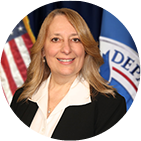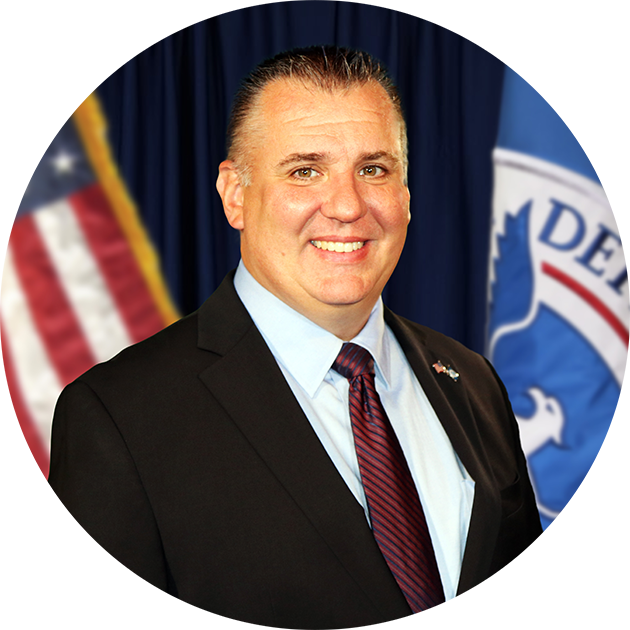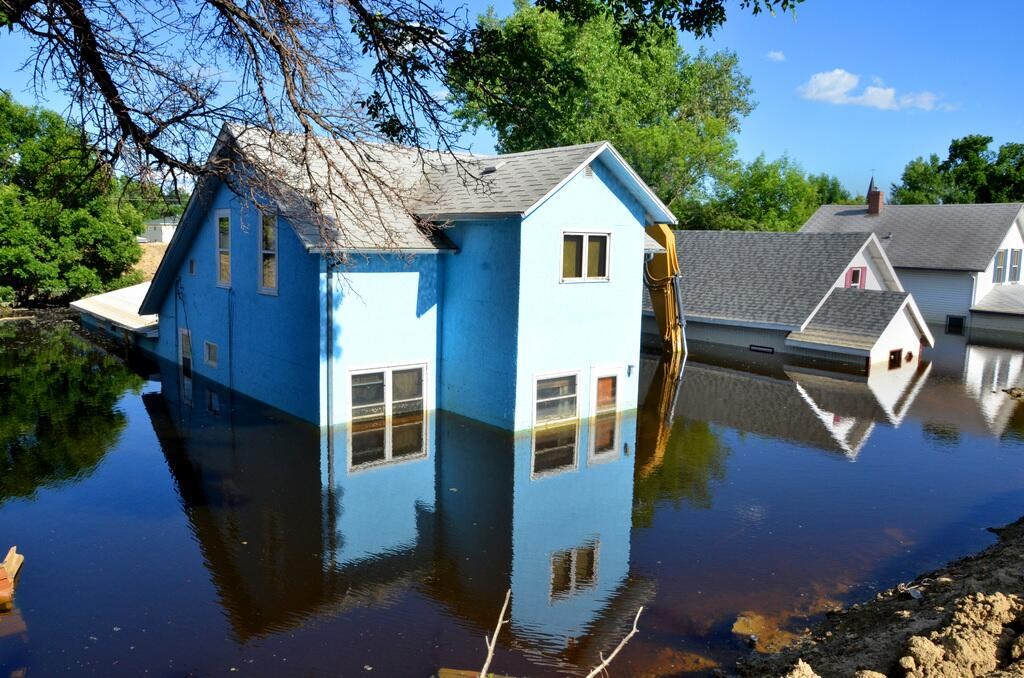States
Leadership
Resources
Contact Us
News
The FEMA Region 1 office — located in Boston, MA, with a Regional Response Coordination Center in Maynard, MA — partners with federal emergency management for the 10 Tribal Nations of New England and six states.
States
Visit the state's page for localized content, such as disaster recovery centers, flood maps, fact sheets, jobs and other resources.
Leadership

Region 1 Administrator

Region 1 Deputy Administrator
Region 1 Resources
Environmental Requirements to Apply for FEMA Funding
When a community applies for FEMA funding — such as Public Assistance, Hazard Mitigation Assistance or Preparedness Grants — potential impacts to the environment and cultural resources must be considered.
- Learn about environmental requirements
- View listings of Region 1's existing environmental assessments and notices

NOTE: Environmental requirements do not apply to individuals and families applying for assistance.
Find Your Flood Map
Risk Mapping, Assessment and Planning (Risk MAP) is a national FEMA program that works with states, tribes, territories and local communities to evaluate and better understand their current flood risk, as well as the actions that can be taken to mitigate and become more resilient against future risk.
Contact Us
General
877-336-2734
fema-r1-info@fema.dhs.gov
FEMA Integration Team (FIT); Tribal Liaison
Regina Marotto
fema-R1-Tribal@fema.dhs.gov
News Desk
617-551-0631
FEMA-R1-NewsDesk@fema.dhs.gov





